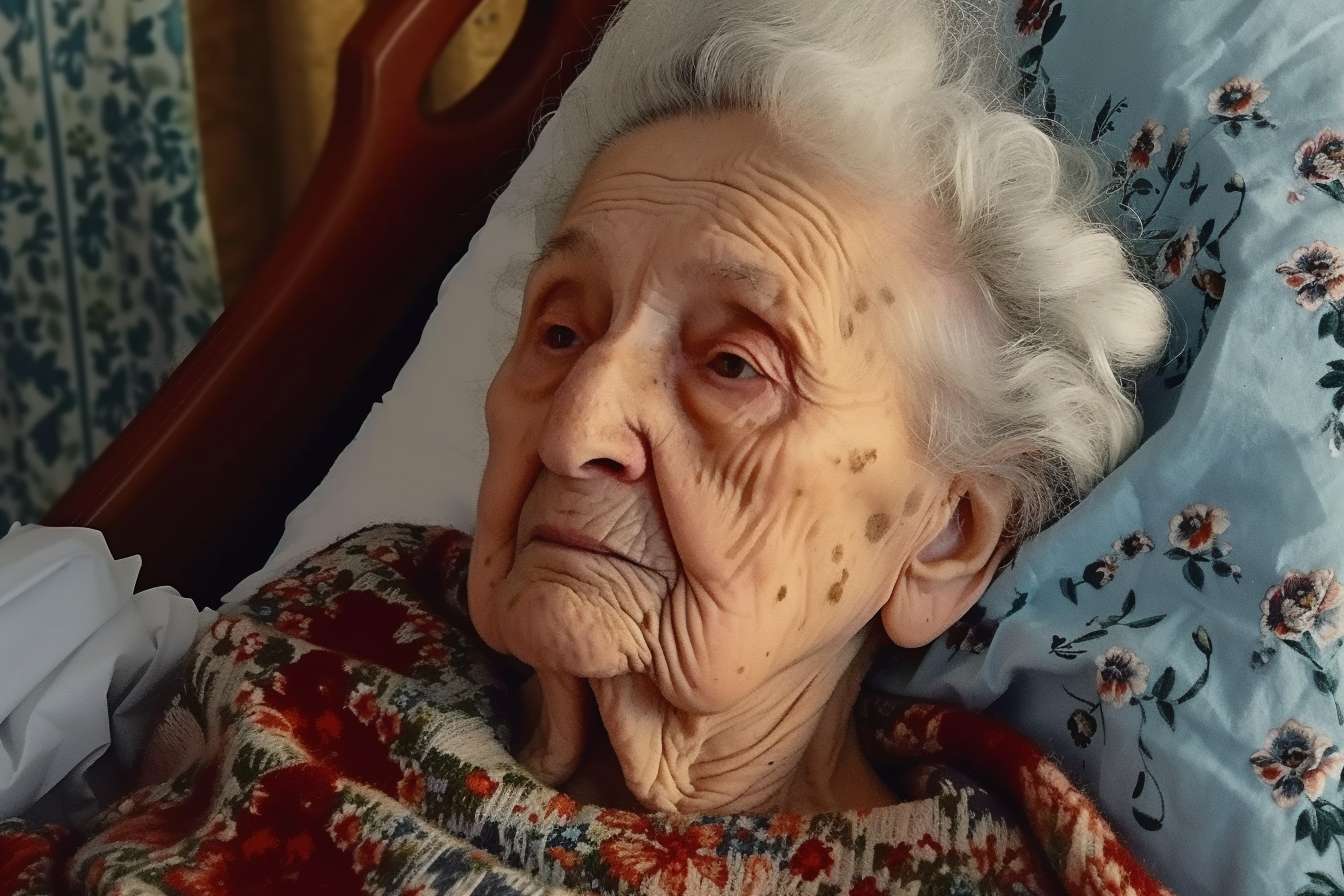Best Senior Living Options in United States 2025: Independent and Assisted Living with Wellness Programs and Social Activities
Nearly 25% of adults over 65 face social isolation, affecting health. This article explains senior living options in the United States for 2025, focusing on independent and assisted living that promote independence through wellness programs and active social engagement and community.

Understanding Independent and Assisted Senior Living Communities
Senior living communities in the United States offer various living arrangements tailored to seniors’ differing levels of independence and care requirements. Two primary types are independent living and assisted living, often provided within the same community or campus to enable seamless transitions as needs evolve.
-
Independent Living: Designed for seniors who are largely self-sufficient and desire a maintenance-free lifestyle. These communities typically provide private apartments or cottages along with services such as housekeeping, dining options, transportation, and access to communal amenities. The emphasis is on freedom and social engagement without the burden of home maintenance.
-
Assisted Living: Focused on seniors who require assistance with activities of daily living (ADLs), such as bathing, dressing, medication management, and mobility support. Assisted living communities offer personalized care plans that maintain a balance between providing necessary help and fostering autonomy.
By offering both options on the same campus, communities ensure residents can age in place comfortably and safely while accessing appropriate levels of support.
The Role of Comprehensive Wellness Programs
Wellness is a cornerstone of contemporary senior living, recognizing that healthy aging encompasses physical, nutritional, emotional, and intellectual dimensions. Top senior living communities in the United States in 2025 prioritize holistic wellness programs that include:
-
Physical Fitness Activities: Tailored exercise classes such as yoga, swimming, low-impact aerobics, strength training, and tai chi led by trained instructors help maintain mobility, balance, cardiovascular health, and overall strength.
-
Nutrition and Dietary Planning: Professional dietitians often customize meal plans to promote balanced nutrition and accommodate specific health needs such as diabetes or heart conditions. Group meals create opportunities for socializing while enjoying dietitian-approved, flavorful dishes.
-
Mindfulness and Stress Management: Sessions and workshops focusing on stress reduction and mental health support contribute to emotional well-being.
-
Functional Fitness: Exercises that simulate everyday activities enable residents to maintain independence in daily tasks like standing, reaching, and walking.
These wellness initiatives encourage residents to lead active, healthy lives while building social connections through shared activities.
Social Activities to Enhance Engagement and Mental Health
Social interaction significantly contributes to seniors’ cognitive health and emotional happiness. Senior living communities feature diverse daily events designed to foster connection and mental stimulation, including:
-
Group Games and Recreation: Trivia nights, board games, arts and crafts, movie screenings, and themed social events encourage participation and fun.
-
Cultural and Lifelong Learning Programs: Collaborations with local colleges and cultural institutions offer lectures, classes, and workshops on topics ranging from history and science to music and technology. Lifelong learning supports intellectual curiosity and social bonding.
-
Community Outings: Visits to museums, theaters, local attractions, and recreational excursions provide residents with opportunities to explore beyond the campus.
-
Creative Arts and Volunteerism: Opportunities to engage in music ensembles, theater, gardening, and volunteer programs promote purpose and community integration.
These activities help reduce social isolation—a prevalent issue among older adults—while supporting cognitive vitality.
Safety, Care, and Support from Professional Staff
A defining feature of senior living communities offering assisted living is the availability of 24/7 professional staff support. Trained caregivers provide:
- Assistance with ADLs such as bathing, dressing, medication management, and mobility.
- Emergency response and health monitoring.
- Dementia and memory care support tailored to cognitive needs.
- Personalized care plans designed to maintain independence where possible.
This continuum of care fosters peace of mind for both residents and their families, ensuring safety without sacrificing dignity.
Amenities and Living Arrangements Designed for Choice and Comfort
Senior living communities offer varied housing options to suit individual preferences:
- Private apartments, cottages, or shared living spaces.
- Access to wellness centers equipped with modern fitness equipment.
- Libraries, communal lounges, game rooms, gardens, walking paths, and patio areas.
- Outdoor recreational amenities such as shuffleboard courts, fishing ponds, and community gardens.
These features support an active, maintenance-free lifestyle that enhances quality of life.
Technology Enhancements to Foster Connectivity
Modern senior living options incorporate technology to bridge distance with loved ones, including:
- Social media and video call tutorials to empower residents in digital communication.
- Real-time updates shared with families about residents’ activities and well-being.
- Digital tools enabling participation in virtual learning and cultural events.
Technology plays a critical role in combating isolation and supporting emotional connections.
The Philosophy of Active, Purposeful Living
Senior living communities in 2025 embrace an active living philosophy that encourages residents to stay vibrant and intentional each day. This includes:
- Organized walking clubs and low-impact sports like pickleball and shuffleboard.
- Dance groups and fitness programs suited for varied abilities.
- Emphasis on lifelong learning and purposeful engagement in meaningful social roles.
Remaining physically active and socially involved has been linked to improved longevity and life satisfaction.
Summary
The best senior living options in the United States combine independent and assisted living with comprehensive wellness programs and enriching social activities. These communities prioritize holistic health—from physical fitness and nutrition to mental stimulation and social connection—while providing professional care and safety. Choice in living arrangements, amenity-rich environments, and technology integration further support an engaging, maintenance-free lifestyle. For seniors and families exploring options in 2025, understanding these features helps inform decisions that promote continued independence, joy, and well-being.
Disclaimer
Prices, availability, and specific services offered by senior living communities vary widely by location, provider, and current conditions. It is recommended that consumers conduct thorough research and consult with local communities to verify details and ensure the best match for individual needs.
Sources
- “Best Assisted Living Communities by City (in 2025),” The Senior List
- “Comprehensive Guide to Senior Living Options, Lifestyle and Community,” Presbyterian Senior Living




